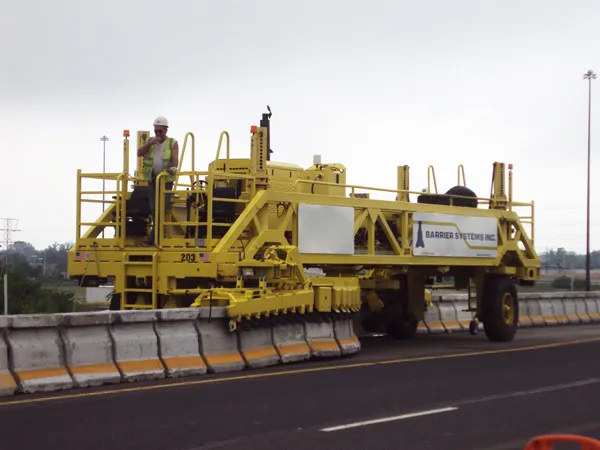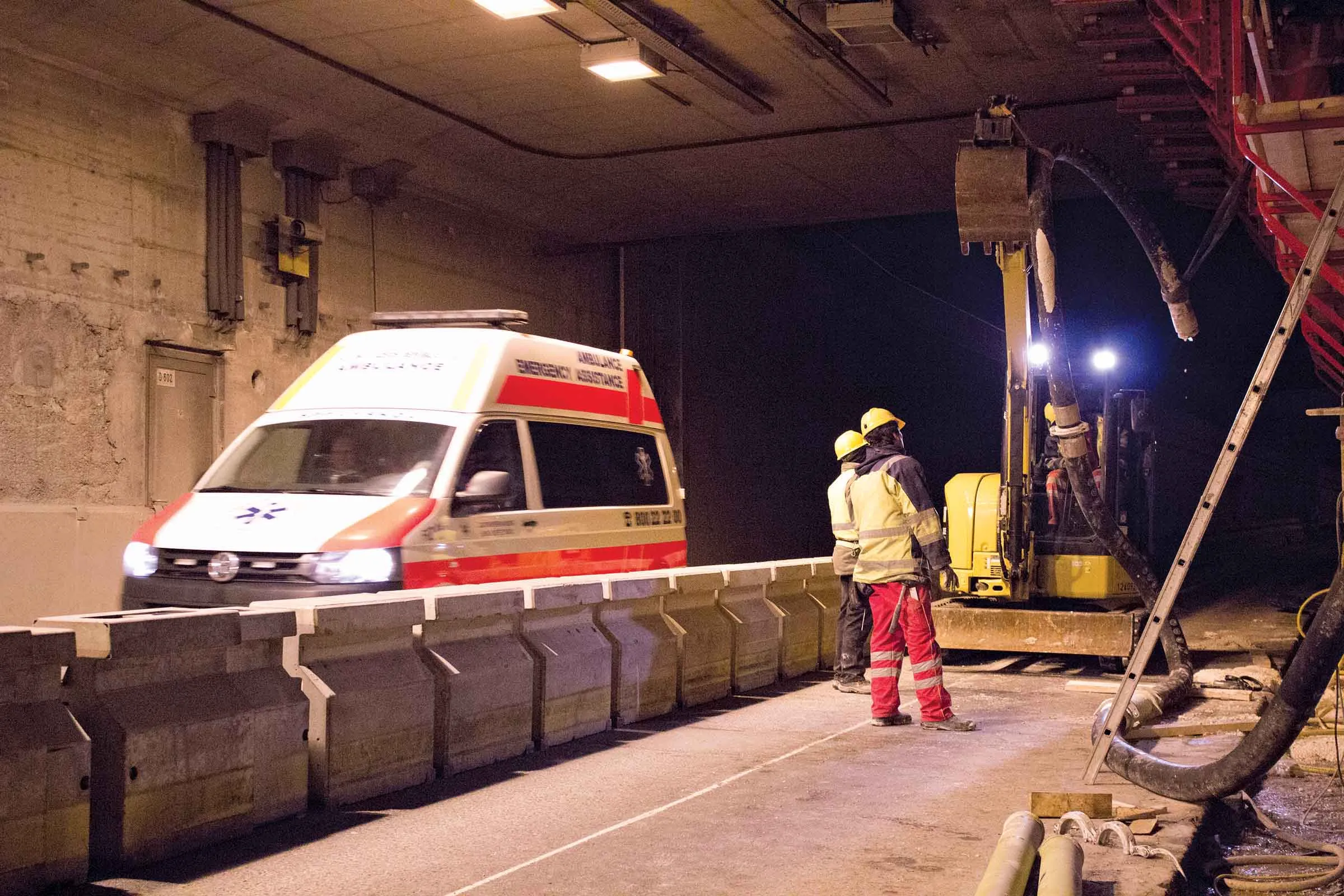Work on an award-winning US bridge was completed with savings and benefits to motorists through the help of an innovative barrier. The bridge replacement of US 31 over I-465 and Lick Creek in southern Indianapolis, state capital of Indiana, won the 2011 Honor Award from the American Council of Engineering Companies of Indiana. Stephen J. Christian & Associates of Indianapolis completed the design in less than nine months to allow Indiana Department of Transportation (INDOT) to take advantage of the favourab
February 20, 2012
Read time: 3 mins

Work on an award-winning US bridge was completed with savings and benefits to motorists through the help of an innovative barrier.
The bridge replacement of US 31 over I-465 and Lick Creek in southern Indianapolis, state capital of Indiana, won the 2011 Honor Award from theStephen J. Christian & Associates of Indianapolis completed the design in less than nine months to allow
The work, completed late last year, called for replacement of the superstructure for the existing seven-span bridge. A new steel beam superstructure was selected in order to minimise the dead loads and utilise the existing substructure units.
US 31 is a busy urban arterial that carries over 54,000 vehicles per day, and it was apparent that the construction project would significantly impact traffic and cause major delays.
Lick Creek Bridge carries six lanes of traffic, with two through lanes in each direction and a ramp lane in both the northbound and southbound direction.
It was determined that the bridge was too narrow to maintain the current traffic flow during construction, and the original construction plans called for a temporary widening of the bridge that inflated the cost of construction to an estimated US$6 million.
Because US 31 has a directional traffic flow with a significantly higher volume in the northbound lanes during the morning peak and higher southbound volume in the evening peak, the concept of a moveable barrier was introduced.
The QuickChange Moveable Barrier (QMB) from
Because the bridge no longer had to be widened, the estimated project cost was revised to $4.8 million, a saving of $1.2 million over the original estimate.
"In addition to the cost savings, the moveable barrier provided benefits to motorists by maintaining the same number of traffic lanes throughout the entire project, and the surrounding neighborhoods benefited from the reduced impact to air quality that is typically created from traffic backups," says Barrier Systems.
"The project exceeded INDOT's original expectations in several categories including overall project cost and potential impact on the motoring public."








